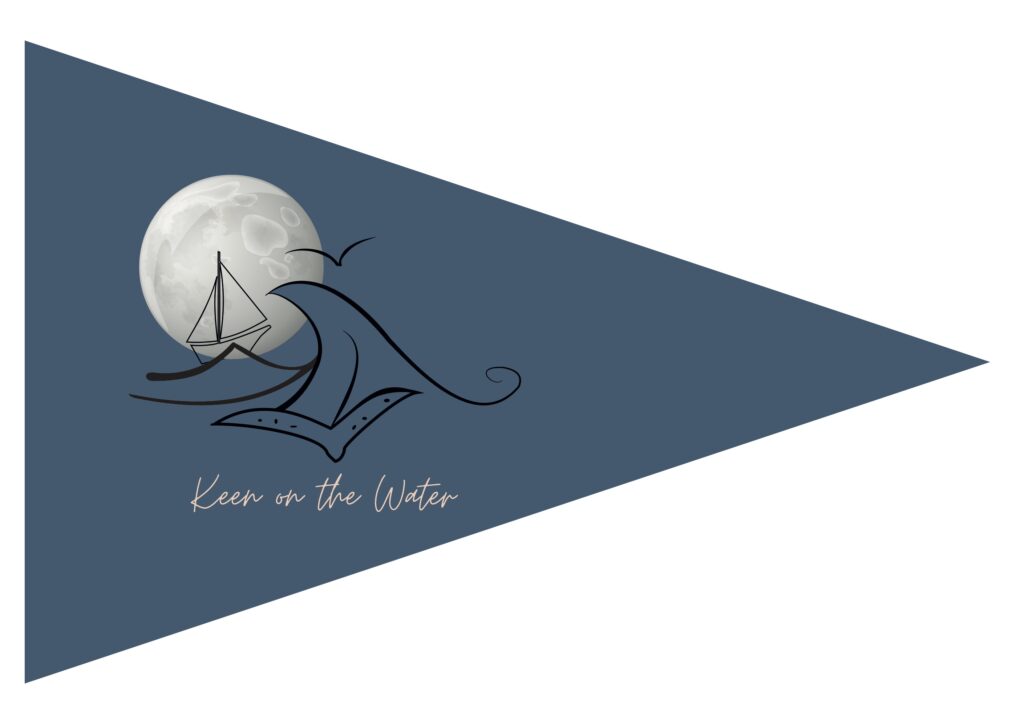A number of tropical nations around the world are finding alternative ways to source food, provide an income and support their families. For those who rely on the ocean as their main source of protein and nutrients, those who make a living in coastal communities around the world, the changing oceans are affecting them deeply. Coastal communities have really been hit hard with warming oceans; increased pollution – both chemical and plastic; increased fishing pressures from larger nations and reducing fish stocks because of unsustainable harvesting.
This is where growing sea moss comes in.
They are growing sea moss. Sea moss is grown in many tropical locations in the Atlantic. In Mayreau they are growing it on long lengths of rope in protected bays. Anchored by being tied around rocks and held up with floating plastic bottles the sea moss grows well here. They harvest it once it has grown big enough, by cutting the larger fronds with a knife while snorkelling. 
Sometimes the sea moss breaks off by itself and seeds in the seabed. So now it is growing wild in the bay mixed in with the seagrass and other seaweed that grows here naturally. Once harvested it is brought on land where it is separated and dried out. They then sell the dried product, for use in smoothies, salads, cakes and cereals. It can be added as an emulsifier into recipes and used as a vegan alternative to some other thickening products like gelatin.
It has a high zinc content, as well as providing many other nutrients and minerals. Sea moss is seen as a ‘super food’ with lots of health benefits. The way these people are incorporating it into their diets is definitely helping them. The way they are trying to come up with ways to sell it, is a step forward for them in terms of sustainable income without continuing the deplete the fish stocks around them with unsustainable harvesting.









